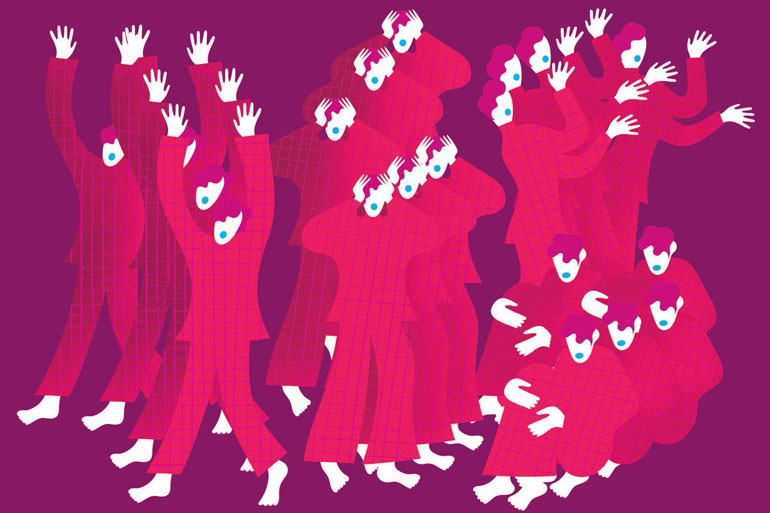A long hospital stay is considered to be more than 21 days and present the highest risk for experiencing delirium. Symptoms of Post-Traumatic Stress after hospital discharge, like flashbacks and nightmares, have been reported by 1 in 4.
Sandra G. Boodman of Kaiser Health News begins with the story of B. Paul Turpin, an endocrinologist admitted to the hospital with a very serious infection. During the five months it took him to recover from the infection, 69-year-old Turpin experienced traumatic delusions and hallucinations that were addressed by doctors with increasing doses of sedatives. The sedatives only made it harder for Turpin to regain his orientation on reality. This disorientation did not cease after the infection cleared and Turpin spent the next months in a rehab center to regain his strength. The experience Turpin had is known as delirium; “a sudden disruption of consciousness and cognition marked by vivid hallucinations, delusions and an inability to focus that affects 7 million hospitalized Americans annually”
A serious consequence is that delirium seen in hospital patients is misdiagnosed as dementia, primarily adults over the age of 65. Boodman emphasizes that delirium and dementia are different. Delirium is sudden and severity of symptoms can fluctuate in a single day, while dementia is slower and progressively worsens.
What can cause delirium? Heavy sedation over long stays, especially in intensive care units, can more easily trigger delirium. This can require follow up care in nursing homes. Geriatrician and professor of medicine at Harvard Sharon Inouye first encountered delirium as a young doctor in the 1980s while it was still referred to as “ICU psychosis”. Inouye states that “Delirium is very underrecognized and underdiagnosed”. Prevention of delirium is most important because there are few effective treatment options to help orientate an individual once it happens.
The care patients receives is often the primary trigger for delirium. Hospitals are loud, busy, and bright. It may be difficult to maintain a regular sleep schedule and a healthy routine. A long hospital stay is considered to be more than 21 days and present the highest risk for experiencing delirium. Symptoms of Post-Traumatic Stress after hospital discharge, like flashbacks and nightmares, have been reported by 1 in 4. That is nearly the same rate as combat veterans and rape victims.
Non drug interventions were found to be very beneficial in studies. This included installing large clocks for patients to always know what time it was, maintaining healthy sleep schedules, and making sure they had access to their eyeglasses, water, and hearing aids at all times. These small changes reduced delirium by a significant 53%.
Carelessness on the part of physicians may be to blame but can also be remedied by advocating for loved ones and being informed. Boodman shares an anecdote about a mother who was experiencing confusion and was acting “stoned” after a hospital discharge. The physician thought she may be developing dementia. Her daughter, however, insisted the physician comb her mother’s chart. This led to the discovery that an anti-nausea patch had never been removed and, once it was, her mother felt herself soon after. The advocacy work of her daughter was essential to holding physicians accountable and protecting her mother.
Thirteen years ago, Inouye developed a program called HELP, short for Hospital Elder Life Program. It is a team of volunteers that visit patients older than 70 who are staying in the hospital for 48 hours or less and do not show signs of delirium. The intent is to prevent delirium by orientating patients with regular visits. HELP prevented delirium in 96% of patients in a single year at UPMC Shadyside Hospital in Pittsburgh.

